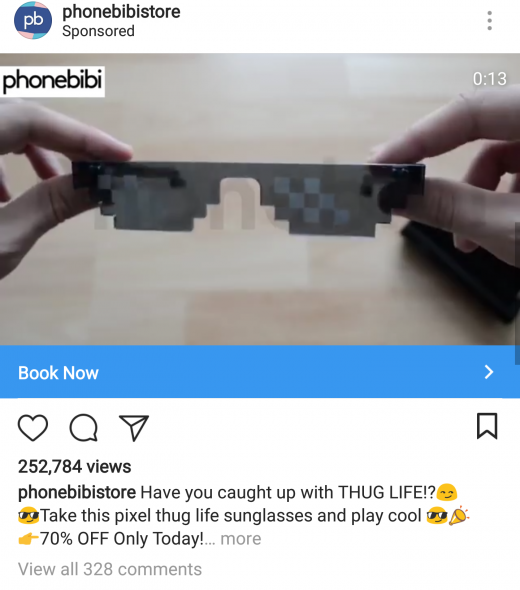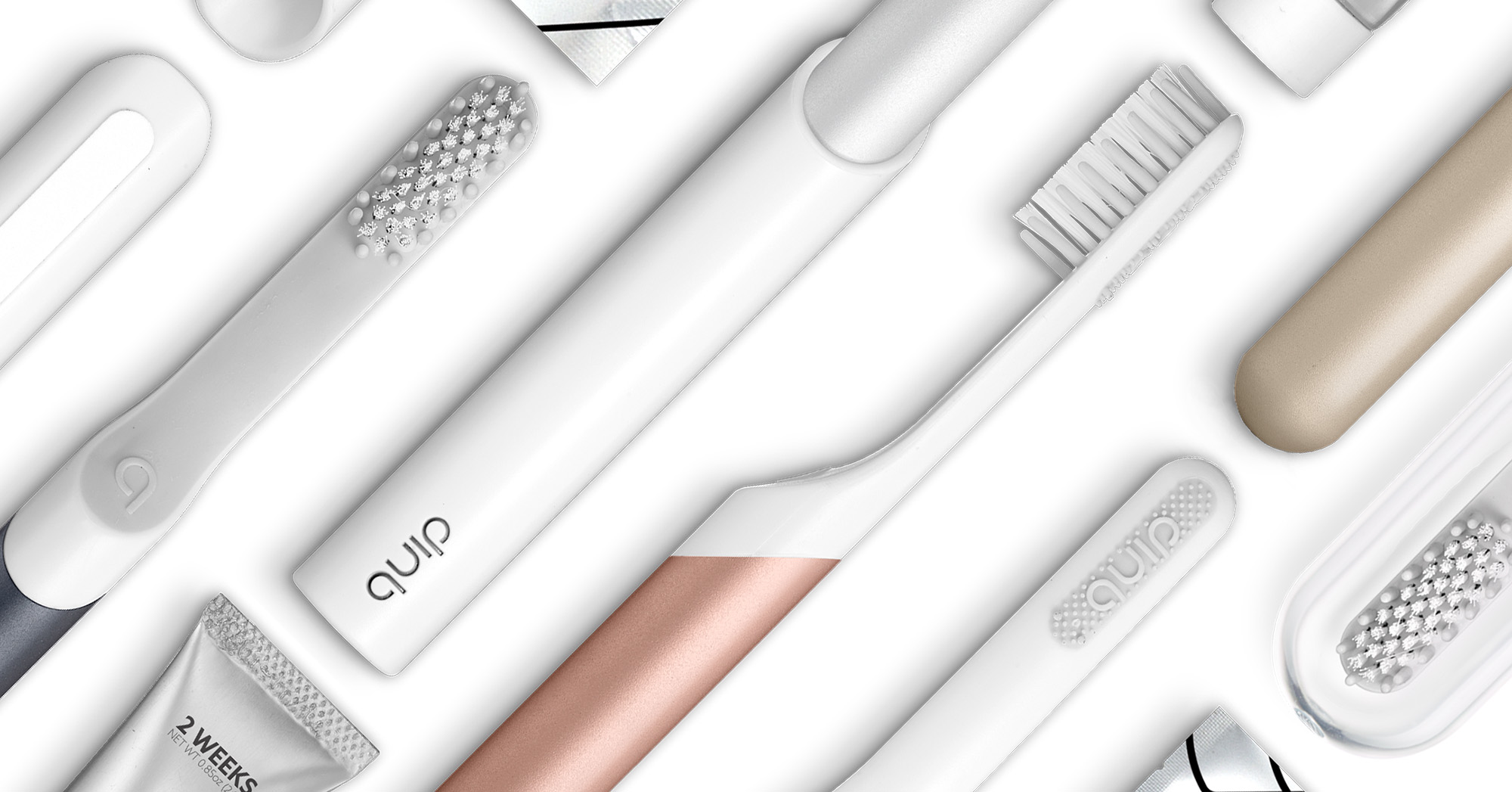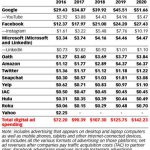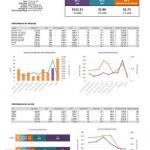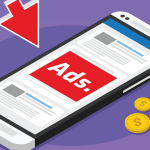What does a fancy toothbrush tell me about myself?
Last month, I finally caved. After weeks of seeing the same ad in my Instagram feed over and over again, I did something I thought I would never do: I bought something directly from the app. It was a pair of women’s flats from Rothys, a brand that marketed its comfortable, machine-washable shoes as made from recycled plastic water bottles.
And I’ll admit, after doing it, I felt a little dirty. Not only did I fall for an ad, it was an ad that clearly pushed all of my buttons as an environmentally conscious woman who happens to like pretty shoes. It was clear that the ad was specifically targeted at me, and it worked. I started thinking: What do all of these ads say about who Instagram (or Facebook, etc.) think I am? But perhaps, more important, do these ads reflect who I really am (or at least, who I think I am)?
Of course, targeted advertising isn’t new. Google has been doing it for years. It tailors ads depending on your search results as well as what’s in your Gmail inbox. Facebook does much of the same, and because it has hooks deep in the internet, your NewsFeed is likely peppered with ads from sites you’ve already visited. If you casually browsed for curtains on Overstock.com or a chair on West Elm, you’ll likely see those same items pop up on Facebook the next time you log in.
What’s more recent, however, are the ads that aren’t a result of a search but are based on your interests. Facebook and Instagram have said that they figure out which ads to show you based not just on cookies and browser history, but also on your likes, dislikes and the topics you’re passionate about.
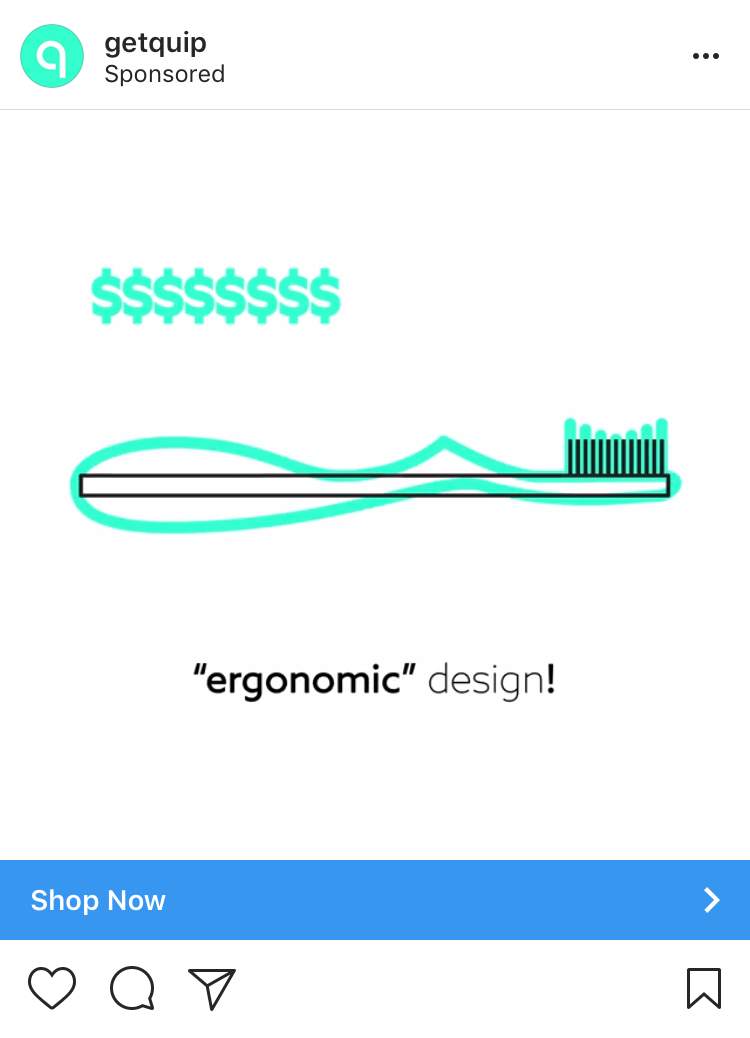
“To decide what ads to show you, we use information about your activity on Facebook, including the information you share, the pages you like, the groups you join and information from your use of apps and websites off Facebook,” an Instagram spokesperson told Engadget.
If you’re on Instagram but not on Facebook, Instagram will take into consideration the kinds of Instagram accounts you follow, the type of content you “like” and your activity on other websites and services. Over time, Instagram wants the ads to essentially blend together with the other content in your feed.
This targeted approach has been extremely lucrative. At last count, Facebook has more than 5 million advertisers, while Instagram has more than a million. For a company that makes most of its money through ads, that’s a really good thing. What’s more, 60 percent of Instagram users report that they learn about a product or a service on Instagram before anywhere else. This is because Instagram is an especially attractive place for small businesses to advertise — after all, it’s highly targeted, which usually results in higher returns for strapped startups’ dollars.
Over the past month, I took more notice of the ads I saw on Instagram. I found that they seem to be mostly related to fashion and home decor. The brands I see most often are Dagne Dover (handbags), MM La Fleur (a personal-stylist service), Brooklinen (bedding), Lively (undergarments), Allbirds (wool running shoes), Quip (a stylish electric toothbrush) and Glossier (cosmetics). I also got ads from more well-known brands like Sonos and Soylent.
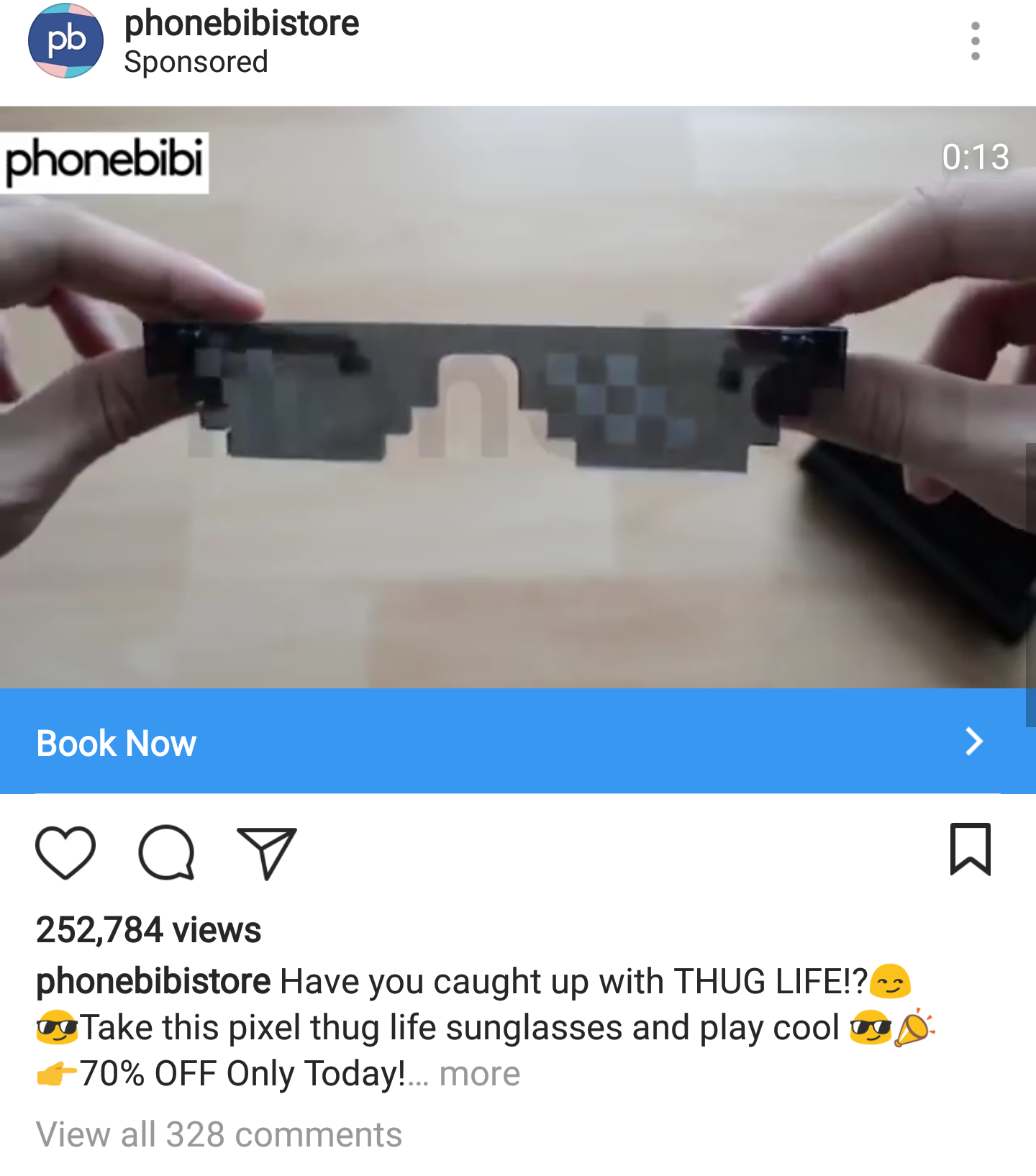
I can see why I’m getting these sorts of ads. I do tend to shop for clothes and decor items online. Indeed, I’ll fully admit here that not only did I buy the Rothys shoes, I was also swayed enough by the Dagne Dover ad to click on over to the site. Why, I do need a roomy bag that holds all my essentials! It holds a laptop, a water bottle and there’s four extra pockets in it? Sold! Though I didn’t buy it directly through the app, I eventually did purchase a bag.
The other brands, though, didn’t move the needle for me as much. I already have Brooklinen bed sheets (prompted more by a Sweethome review rather than an ad), and while the Lively undies, the Glossier lip gloss and the Allbirds shoes looked intriguing, I’m not really in the market for them right now. MM La Fleur is a little outside my comfort zone too — even though I like the idea of a personal stylist, this one seemed geared toward business professionals, of which I certainly am not.
As for Quip, well, it’s one of those products that strike me as a little silly. I don’t need my toothbrush to look stylish — I just need it to clean my teeth. Sure, Quip also offers a subscription service for replacement heads, but I could easily get a pack of eight replacement Oral-B heads from Costco for a fraction of the price.
“Being able to be the first oral-care brand to sell and engage through social media was a must for us,” said Shane Pittson, a growth marketer for Quip. “Initially we focused on some demographics that matched up with early adopters. […] Early success was found in acquiring customers that were buying similar products (shaving subscription services, sample boxes etc.)” Now, Pittson says, the company tends to be broader in its targeting — after all, he joked, most everyone has teeth.
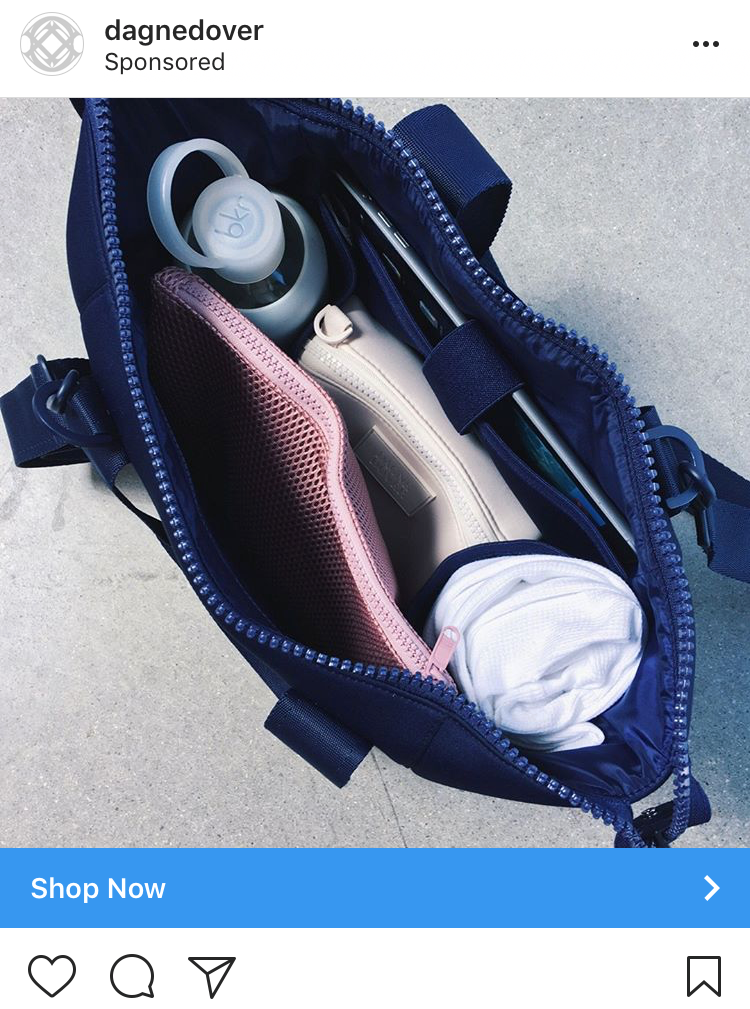
When I asked friends and colleagues if they saw the same ads on their own social feeds, I received a mixed response. Some of the brands sounded familiar — Quip and Sonos were certainly known — but the rest were more hit or miss. Others saw only sporting equipment and gadgets, while some saw mostly food-related brands.
What stood out to me were that the majority of advertising seemed to be from smaller businesses and startups that I wouldn’t have heard of otherwise. One odd Instagram-advertised product that seems to have gone viral is the Lamzac, a blow-up lounge chair that you “inflate” by just swinging it through the air.
Other curious products my friends have seen on Instagram include Pixel Thug Life sunglasses from Phonebibi, a glow-in-the-dark solar-charged jacket from Vollebak and a Couch guitar strap with cats on it. A colleague joked to me that Instagram ads were a little bit like the modern-day Skymall, and I can’t help but agree.
Based on the brands that were targeted at me, I started to wonder if Instagram and Facebook had pegged me as some sort of fashion-conscious hipster with a penchant for industrial design. And, well, it’s true that I like pretty things. But if you know me, you also know that I’m in T-shirts and jeans most of the time, I almost never wear makeup and most of the furniture in my home is from IKEA. In short, the ads I see seem to reflect an aspirational me, rather than the real me.
Of course, because the ads are based on my interests and where I tend to shop online rather than who I am in real life, that’s not entirely surprising. But this might change in the future. Right now, some big brands like Coca-Cola, Nike, McDonald’s and Under Armour are trying out targeted ads that are not just based on your likes and dislikes, but also on the photos you upload to your Instagram page.
They’re doing this with the help of Cluep, a Toronto-based company that uses machine-learning and image-recognition to target ads based on the images users post on Twitter, Instagram and Facebook. So if you post a photo of a pair of sneakers, you might then see an ad for Nike.
Cluep is even working on extending this image recognition capability to videos, so that clip of your cute kitty could then result in a targeted ad for Fancy Feast. As Facebook has been working on an image-recognition tech of its own, it won’t be surprising if it eventually incorporates that same tech to its advertising algorithm too.
A brief look at my Instagram page reveals that I tend to take photos mostly of, well, food. Perhaps instead of designer toothbrushes and bespoke handbags, the ads I see on Instagram will be for organic meats and artisanal bread. That’s still just a narrow depiction of who I am, but it’s admittedly a lot closer to who I really am. The life that Instagram has dreamt up for me might sound fun and glamorous, but I’m pretty good without an inflatable bean bag, thank you very much.
(100)

